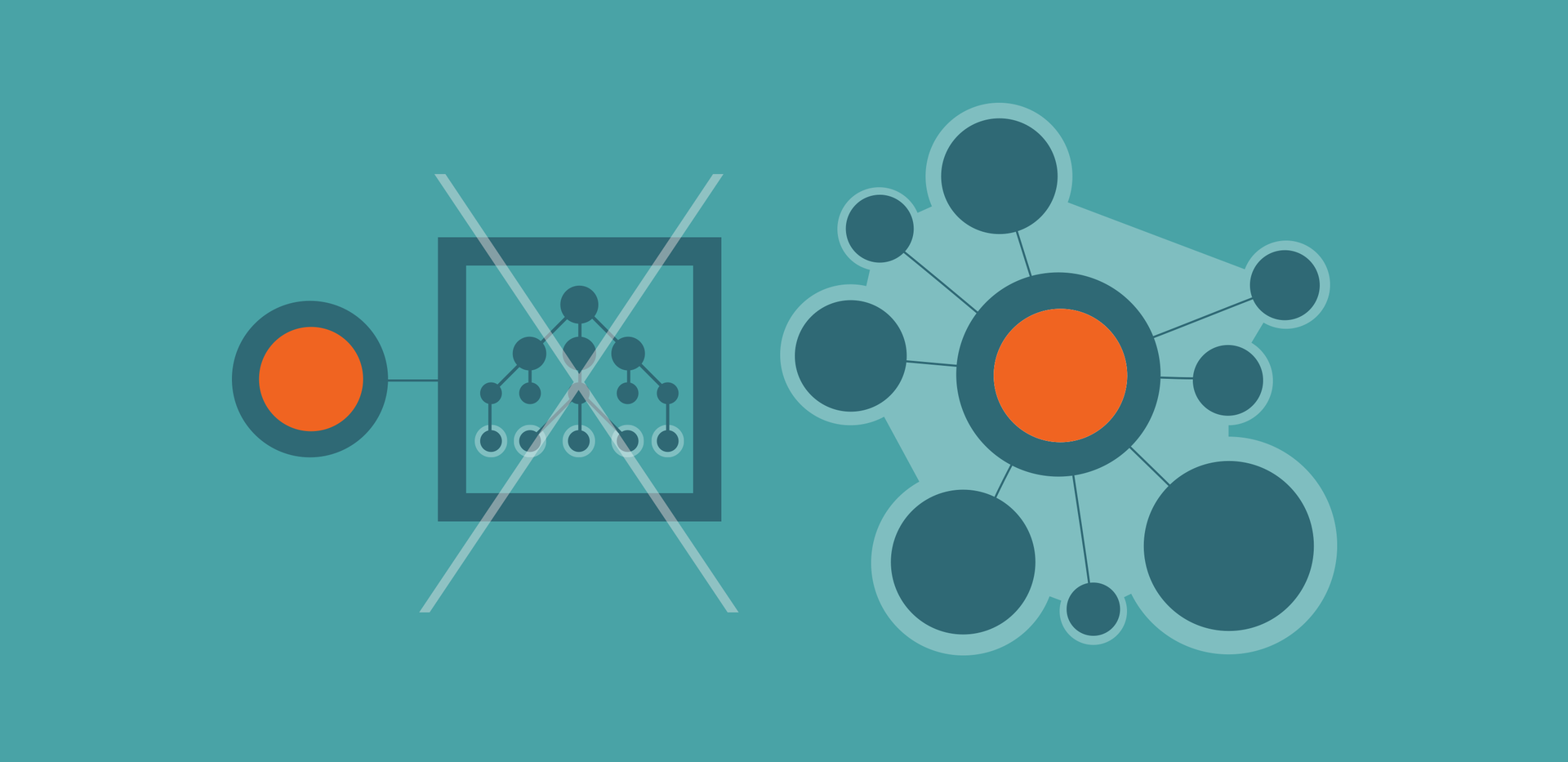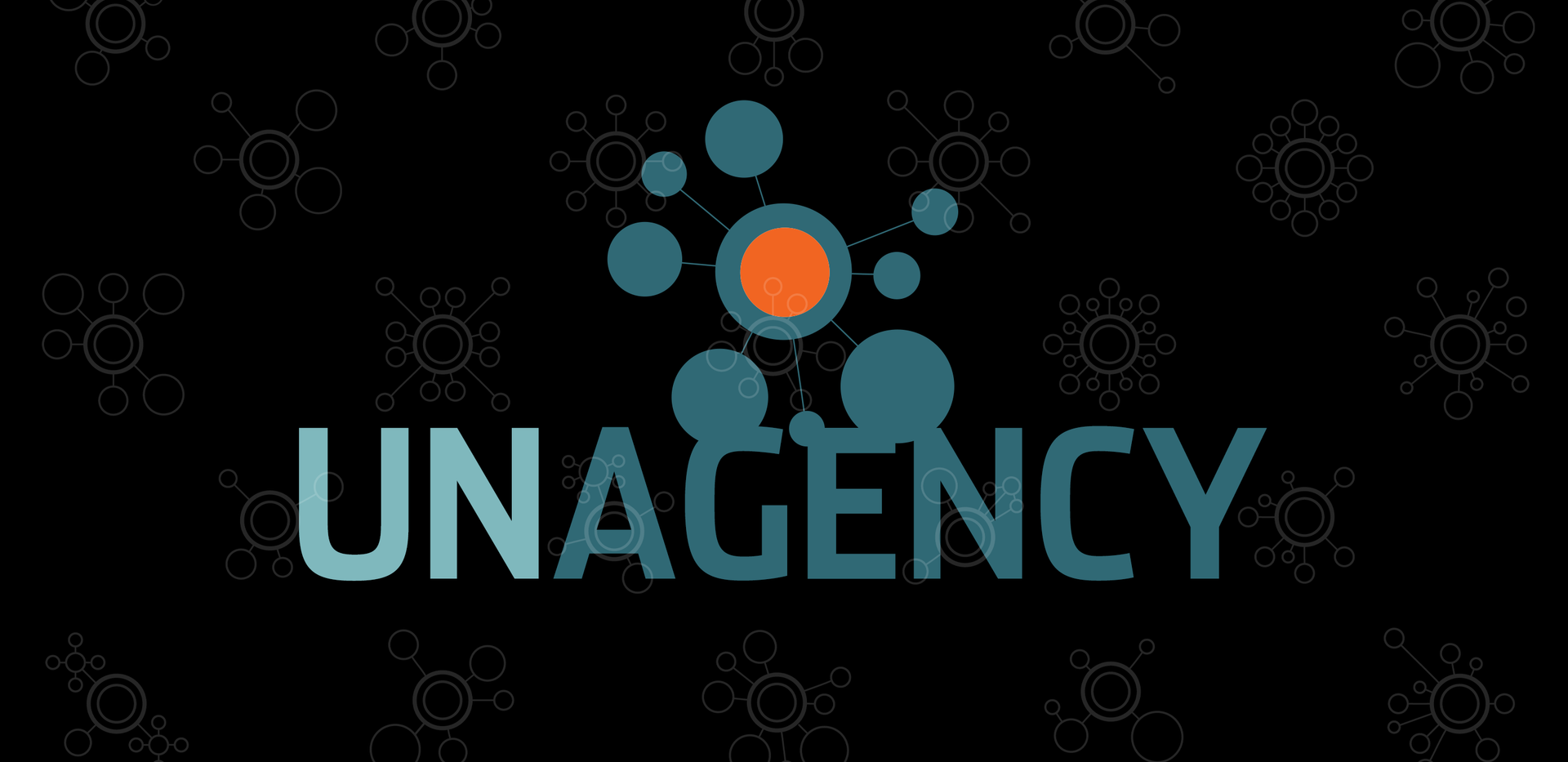Gone are the days when you can check “marketing and advertising” off the list after producing a 30-second tv spot. Today’s marketing activities happen on many channels simultaneously, and the messaging on all channels must align. Meanwhile, the execution timeline has shrunk from weeks to just days.
Marketers who work with traditional ad agencies are under a lot of pressure and feel like they’re herding cats. They’re running around trying to coordinate strategy, execution, technology, media etc., often with different vendors who don’t have a holistic understanding of their marketing objectives (nor do they care.)
As a result, campaigns are fragmented and many marketers are left with pieces of the puzzle — pulling their hair out and trying to put the puzzle together.
Yet… clients are paying these agencies big dollars so they don’t have to wrangle with all the scattered pieces. What’s gone wrong? Why is this happening?
The traditional agency model Is failing
As the convergence of media, creativity, and technology requires a comprehensive, integrated approach to marketing, the traditional agency model has failed to meet the needs of today’s marketers:
- Traditional agencies operate on a generalist mindset. They aren’t structured for the modern approach to digital marketing, which requires specialists for each area of practice.
- Many agencies are set up to be campaign-focused and fail to create a strategic foundation that helps guide creative and technology recommendations.
- A campaign-focused model tends to use advertising to solve business problems. It’s often short-sighted and fails to address important KPIs that define long-term success.
- With a tendency to concentrate on consumer products and retail brands, many agencies have limited knowledge of the unique needs of B2B marketing.
- Big agencies often put their “B” and “C” teams on projects for smaller clients who often end up with generic campaigns that don’t have what it takes to cut through the clutter.
- Many agencies are reactive — they simply receive a brief from a client and “color inside the lines” without pushing the creative or technology envelope. They also lack the agility to respond to changes that occur when a project is in progress.
- Holding companies and big agencies have significant overhead, and as a result, have fee structures that are often inflated and aren’t flexible enough to accommodate varying client needs.
- Fragmentation caused by the inability (or unwillingness) to collaborate with outside partners or third party vendors can diminish the impact of a strategic or creative concept.
- Agencies tend to recommend solutions based on their in-house proficiencies rather than the clients’ needs. Such “when you’re holding a hammer, everything looks like a nail” mentality doesn’t have the clients’ best interest in mind.
- Big agencies often have complex structures that prevent them from responding to opportunities on their clients’ behalf in a nimble and flexible manner.
Bridging the gap: a progressive client-centric approach
As a marketer, you need a close partnership with a team of experts who shares your goals and understands your long-term strategic vision. Such client-centric model allows you to develop all your marketing initiatives holistically. It provides the accountability to ensure that both the strategy and execution are focused on your KPIs and your objectives. Here are some characteristics to look for when selecting a marketing partner:
- A cross-functional team of seasoned specialists assembled based on the specific nature of your projects to offer expertise that’s aligned with your industry and brand strategy. You shouldn’t be squeezed through an agency’s agenda just because of its internal capabilities.
- A focus on your brand as the foundation for the strategic recommendations, creative implementation, and technological integration. To effectively navigate today’s omnichannel environment, you can’t afford to have a fragmented approach that results in pieces of deliverables that don’t fit together.
- A deep understanding of your brand achieved by having a consistent “A” team to work on your projects. Your team is dedicated to gathering insight and deep perspective about your brand and industry so they can help you meet your marketing objectives.
- A “flat” structure without the layers typical of a traditional agency. It encourages an agile and entrepreneurial culture that fosters creativity and innovation, which will ultimately result in higher quality campaigns.
- An independent business model with fewer overhead and infrastructures so you aren’t paying for the inefficiencies that often lead to an inflated fee in many traditional agency models.
- The ability and experience to collaborate with external partners to avoid a siloed approach when executing your marketing initiatives. It’s particularly important when you need to integrate brand strategy, creative execution, and technology implementation into a seamless campaign across multiple platforms.
Looking to the future: the “unagency” model
At Boondock Walker, we call this progressive and client-centric approach our “Unagency” model. We’ve been tinkering the details and refining this method for years, while supporting clients on a range of branding, design, and storytelling initiatives.
If you want to move away from the “Mad Men” drama or dog and pony show; if you’re ready to stop paying for a large team to sit in long meetings (plus their coffee and donuts); or if you think paying a “B” team to come up with cliched, generic ideas isn’t worth your money…it’s time for a change.
Let’s talk. Our “unagency” model may be exactly what you need to bridge the gap between the traditional approach and modern marketing.




